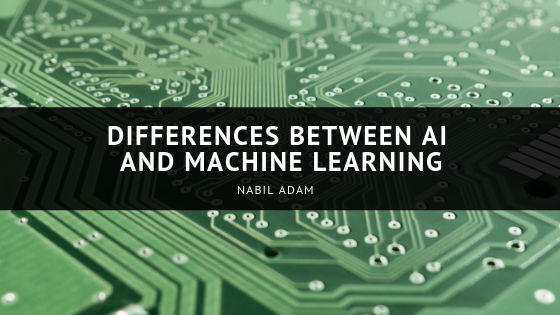The terms Artificial Intelligence and Machine Learning are tossed about these days like they’re the equivalent of one another, but the reality is that machine learning is just one part of the more encompassing idea of artificial intelligence. There are actually other artificial intelligence techniques in existence, and they can operate alone or in combination with machine learning to achieve the desires of this larger field.
Artificial Intelligence
Having computers engage in reasoning and problem-solving in a human-like manner is the ultimate goal of artificial intelligence, and this can be focused on either performing a specific task or generalized intelligence referred to as strong AI, but there’s more than one way to accomplish this. The two most popular methods for achieving AI are machine learning and expert systems. With expert systems, software contains large amounts of information on a subject that can be processed logically using if-then questions. A simple example is the individual income tax guide that presents alternative actions for the user to follow depending on whether they answer yes or no. A very complex example was the Deep Blue chess-playing computer created by IBM in 1997 that defeated the human world chess champion.
Machine Learning
As just mentioned, AI can take the form of job-specific activity, and it’s here where machine learning makes a huge contribution. While there are several techniques used in machine learning, the most widely used one is artificial neural networking. This method involves programming software that emulates brain cells called neurons along with their connecting axons and dendrites. Rather than being pre-programmed to make decisions, this arrangement allows the computer to be taught. In the process, it can determine the relationships between objects in a particular category in a manner similar to how neurons in an animal’s brain can form connections between dendrites to store memories or discover how to carry out useful tasks after repeated exposure to information. Once the connections are made, the artificial neural network can use the patterns to recognize the object in completely new settings. In artificial neural networks, along with training that lets the computer reach the desired conclusions, it’s also possible to passively expose it to information and let it uncover new relationships between items that weren’t seen before in a technique known as data mining.

